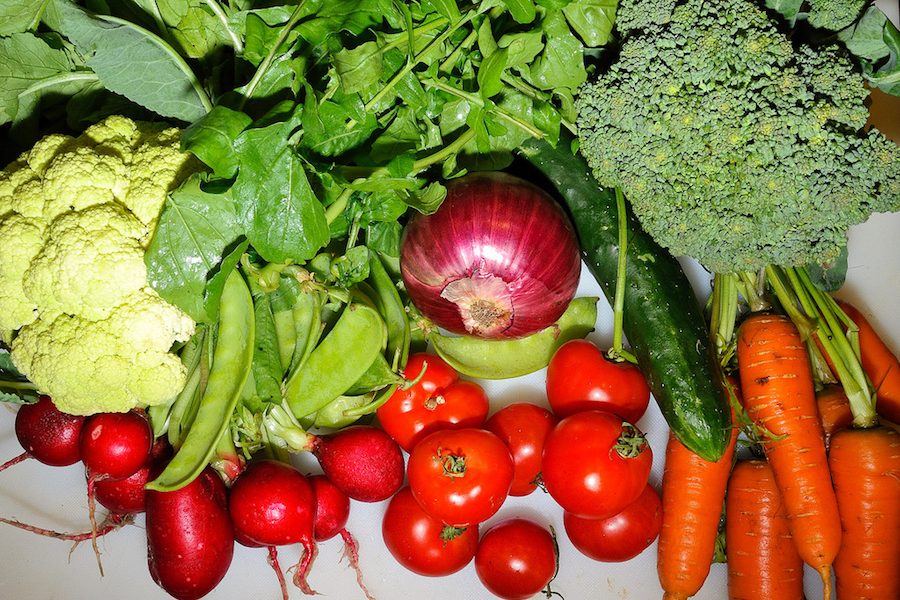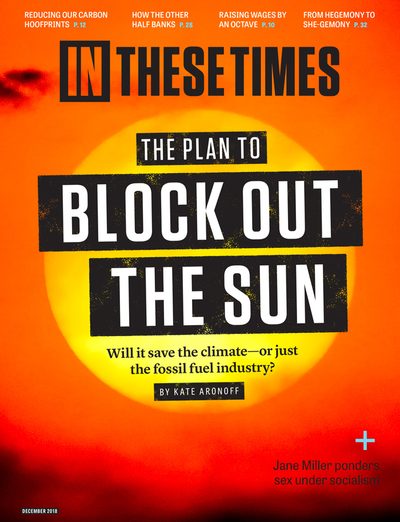Anything Cows Can Do, Elk Can Do Better
Most sustainable food models rely on domesticated animals. They don’t need to—and shouldn’t.
Nassim Nobari

For other perspectives, read “We Can Fight Climate Change and Still Eat Beef” and “Climate Friendly Beef is a Myth. Don’t Buy It.”
Ecological plantbased farming is environmentally beneficial and, I believe, ethically imperative: The animals exploited for food are worthy of empathy and moral consideration.
Unfortunately, U.S. culture tends to associate noncorporate farming with a pastoral ideal that includes domestic animals — think Old McDonald. Ranching, in particular, has gained proponents in the food movement, who claim that regenerative grazing is crucial to saving us from climate disaster.
Adherents of this view argue that grazing systems can mimic natural ecology and regenerate eroded soils, allowing them to sequester carbon. Native herbivores (such as bison and elk) used to fulfill a key ecological role in maintaining healthy grasslands, the argument goes, and since they have disappeared, cows are our next best bet.
But to make the leap from “herbivores are necessary” to “ranching is necessary” is absurd. As ecologist George Wuerthner points out, “There are plenty of native herbivores, though most ranchers either ignore them or are completely ignorant of their existence.”
Native herbivores include not just bison and elk, but smaller animals, such as gophers.
When ranchers are aware of them, they tend to prioritize their own commercial interests. In Yellowstone, there is a yearly bison cull to protect cattle from disease and competition. Point Reyes National Seashore is the only national park home to the native tule elk, yet local ranchers have lobbied for a current bill that calls for culling the elk.
All this connects to our history of settler colonialism. Alfred Crosby coined the term “ecological imperialism” to describe how European settlement transformed the ecology of the New World, as native flora and fauna were pushed out by farm animals and other species introduced by colonists. In the West, the government handed forcibly depopulated lands to settlers for cattle ranches, a legacy that has shaped our pro-ranching culture. It is time we acknowledge that Crosby’s ecological imperialism is ongoing.
As a long-time food activist and supporter of animal liberation, I increasingly found the food movement’s promotion of animal agriculture objectionable. In 2015, I founded the annual People’s Harvest Forum to promote ecological farming without compromising my ethics. The goal is not to promote veganism as the solution to environmental or social issues; rather, veganism sets the ethical parameters of potential solutions. We exclude cows and pigs from farming the same way others in this country automatically exclude cats and dogs; we can think of no valid reason to treat these animals differently.
My organization shares a key demand with others in the food movement: agroecology. In its simplest definition, agroecology is the application of ecological principles to agriculture, including, for instance, diversifying crops and recycling nutrients in closedlooped systems. In practice, most agroecological farms integrate livestock with crops, and some believe this is necessary. But agroecological techniques can be applied to plantbased farming as well.
As I’ve delved more into vegan organic farming, known as “veganic,” I’ve learned that domesticated animals do not contribute anything irreplaceable to farming or to ecosystems. Vegan agroecologists build soil fertility through plant-based methods, such as green manures (made from nitrogen-fixing crops), rather than through dung from domesticated animals; they also increase biodiversity on their farms, providing habitat for helpful insects and other wildlife. A veganic farm is not a space without animals, it is simply one without commodified animals.
Even if it works, regenerative grazing isn’t necessary: We can create veganic systems that emit less carbon, create less conflict with wildlife and still regenerate soils. A transition to veganic farming can also free up grazing and feed-crop land for rewilding and the protection of forests — which, don’t forget, are valuable carbon sinks.
Far from mutually exclusive, animal liberation and ecological farming are the building blocks of a climate-friendly food system. We can bring “farm animals” into our circle of compassion as we grow food in harmony with our ecosystems.
For other perspectives, read “We Can Fight Climate Change and Still Eat Beef” and “Climate Friendly Beef is a Myth. Don’t Buy It.”





